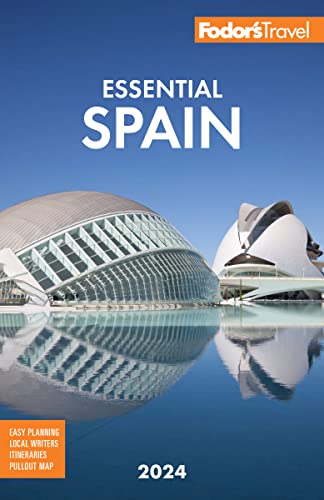With hardened lava fields, black and red dunes, and treeless mountainsides, Lanzarote's interior is right out of a science-fiction movie (literally—Clash of the Titans, One Million Years B.C., and a number of other blockbusters were filmed here). The entire island is a UNESCO biosphere reserve. There are no springs or lakes, and it rarely rains, so all freshwater comes from desalination plants. Despite its surreal and sometimes intimidating volcanic landscape, Lanzarote—the fourth-largest Canary—has turned itself into an inviting resort through good planning (although not so good around Playa Blanca, where illegal construction is slightly out of hand), an emphasis on outdoor adventure, and conservation of its natural beauty. No buildings taller than two stories are allowed in most places, and billboards are forbidden, leaving views of the spectacular geology unobstructed.
Lanzarote was named for the Italian explorer Lancelotto Alocello, who arrived in the 14th century, but the name most synonymous with the island today is César Manrique, the internationally acclaimed artist and architect who helped shape modern-day Canarian culture and share it on the world stage. Manrique designed many of the island's tourist attractions and convinced authorities to require that all new buildings be painted white with green or brown trim (white with blue on the coast), to suggest coolness and fertility. He also led the fight against overdevelopment, lying down in front of bulldozers and galvanizing local activists. All over this island, and especially in Arrecife, Lanzarote has a North African feel. Like Moroccans, many locals sip their hot drinks, in this case café bombón (coffee with condensed milk), from little glasses rather than mugs.
Vying with Fuerteventura for the title of warmest island, Lanzarote often bakes in the summer. It’s also very windy, particularly during July and August, when the trade winds (vientos alisios) from the northeast batter the island.
Despite the heat and lack of precipitation, the island produces some surprisingly excellent wine. Vines are buried (sometimes up to several feet deep) in a mantle of black lava shingle known as picón that attracts and retains moisture from dew, the only source of water for vines on this arid island. There are two designated wine tours that take in the main vineyards on the west side of the island. Ask at a tourist office for a wine-tour map.






